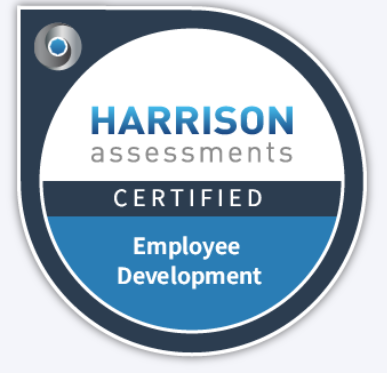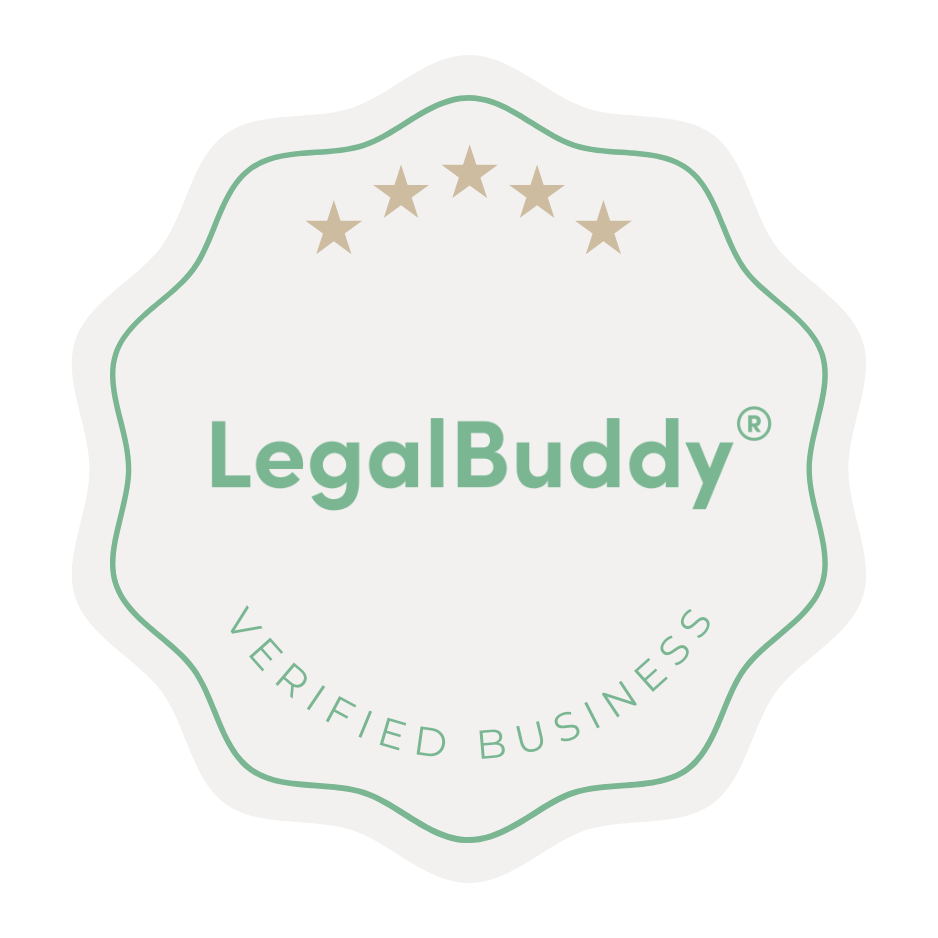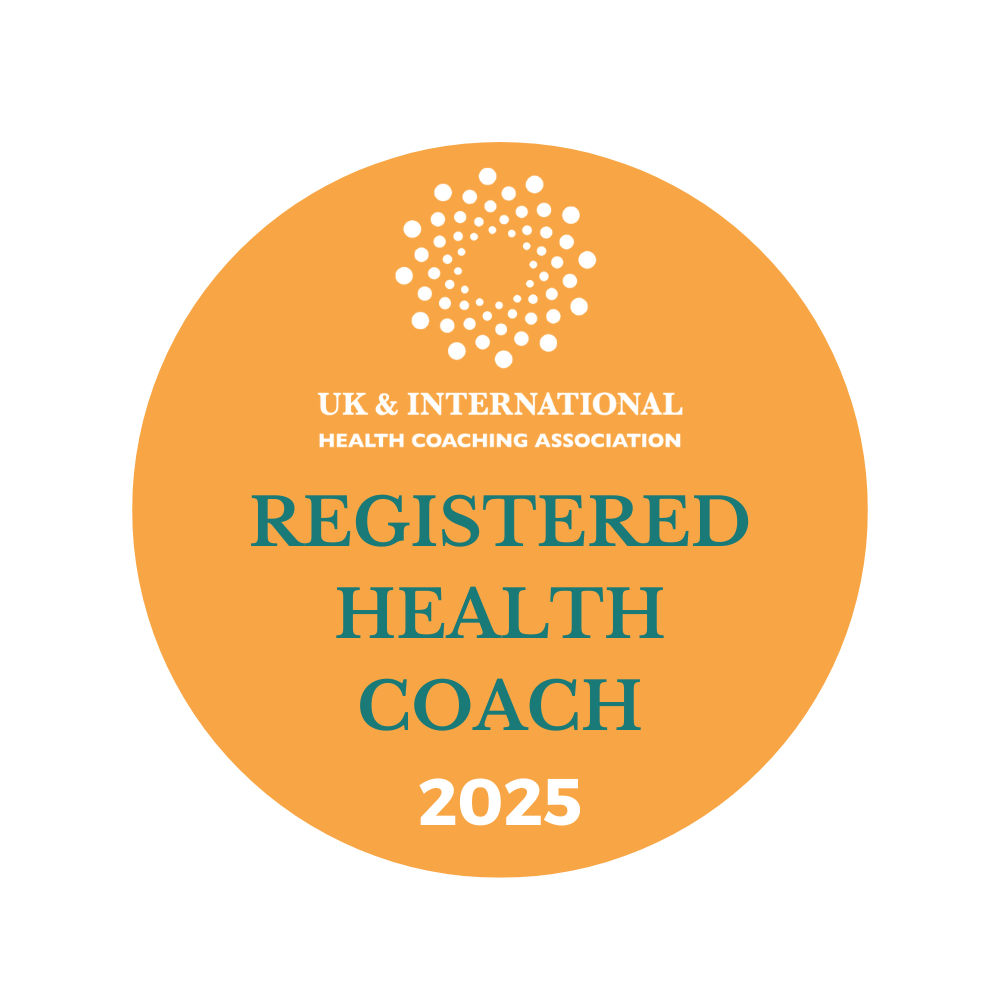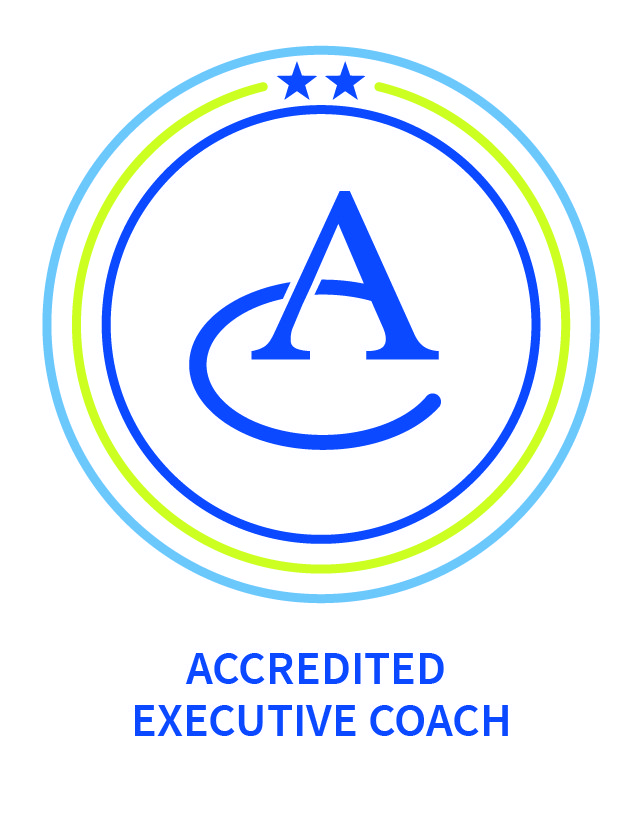What's in a letter?
barbara bates • November 28, 2020
I'm a bit of a words geek, especially around Latin and Greek words that we've borrowed. Here's a neat one - ACRONYM, which is, as you know, taking the first letter of each word and making a new one. This can be irritating when we don't in fact know what they mean, but I'd like to share with you a few that I find really useful.
First, STOP. There are several versions of it but the basic idea is as follows - when you find you are getting uptight or upset over something - STOP.
- S for Stop what you are doing (assuming of course it is legal and safe to do so!)
- T for Take a deep breath.
- O for Observe what's going on. What are you thinking? Is it accurate? For example, 'My friend didn't ring me when she said she would, so she clearly doesn't want to be friends any more'. Might be true but there are lots of more likely explanations - like her phone's just died?
- P for Proceed with understanding and kindness - kindness for yourself as much as for others.
Then there's HEAL - from Dr Rick Hanson, based on his book 'Hardwiring Happiness: The Practical Science of Reshaping Your Brain - and Your Life'. In it he describes how the brain has a 'negativity bias', suggesting that this may be explained in evolutionary terms in that the brain is always looking out for threats to our survival, or anything that may be dangerous to us.
This was fine in the Stone Age when life really was physically dangerous for most people - you either got away and then relaxed in blessed relief, or you were something's dinner. Now, the threats are not physical for many people, but more psychological, yet we still have this negativity bias which tends to make negative experiences stick and positive ones slide off.
He tells us that it is possible to 'rewire' our brains so that we keep more of the benefits of positive experience, and downplay the negativity bias. The acronym he uses is HEAL, and it's like this,
- H for Have a positive experience (this could be something as simple as mindfully eating a raisin, enjoying the company of friends, marvelling at a beautiful sunset), then
- E for Enrich that experience, really wallow in it, by dwelling on it, becoming more conscious of all the ways it engages all your senses, then
- A for Absorb it into yourself, think of it 'sinking into' your whole being.
- The last step, L for Link, is, as he says, optional but powerful. It is to do with linking these positives to 'soothe, reduce and potentially replace negative ones'.
The regular practice of these steps, in just a few minutes a day, will help to lay down new neural pathways that bias you more towards positivity.
The last acronym, that I came across only the other day in Psychologies magazine (which I heartily recommend) is HALT. If you're feeling upset or out of sorts, see if it is something you can easily do something about, by checking out, are you
- H for Hungry?
- A for Angry?
- L for Lonely?
- T for Tired?
If any of these apply, we can see if we can deal with the cause ( I'm off to the biscuit tin, myself).




